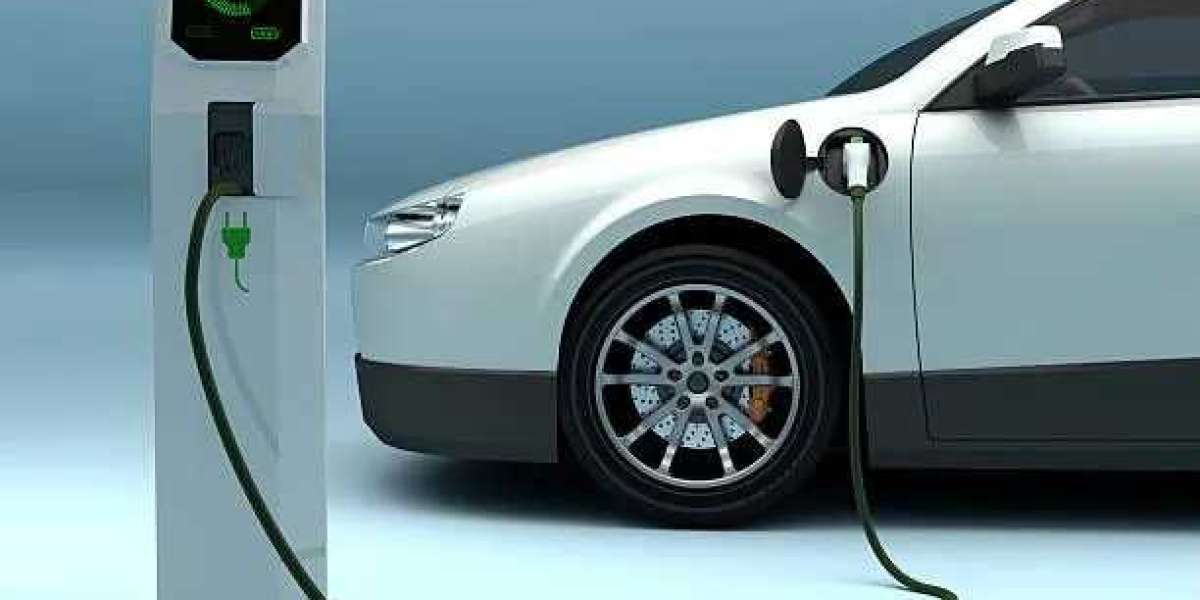Understanding and Reducing Commercial EV Charging Station Costs
As a Leading China EV Charger Manufacturer, LiCB Charge Delivers Reliable AC and DC Electric Vehicle Charging Stations Alongside Comprehensive Charging Solutions.
As electric vehicle (EV) adoption accelerates, more businesses are investing in commercial EV charging stations. However, installation and maintenance costs can be substantial. By understanding these expenses and applying cost-reduction strategies, businesses can maximize return on investment.
Types of Commercial EV Charging Stations and Equipment Costs
Level 1 Charging Stations
Cost: $300 – $1,000 per unit
Charging Speed: 1kW–1.8kW (3–5 miles/hour)
Level 1 chargers use standard 120V outlets and are best suited for residential or low-usage settings. They’re cost-effective but too slow for most commercial applications.
Level 2 Charging Stations
Cost: $1,000 – $5,000+ per unit
Charging Speed: 3.3kW–22kW (12–80 miles/hour)
Level 2 chargers, operating at 240V, are the most common option for businesses. They offer a good balance between cost and charging speed, ideal for retail locations, workplaces, and public lots.
DC Fast Charging Stations (Level 3)
Cost: $20,000 – $100,000+ per unit
Charging Speed: 50kW–350kW (3–20 miles/minute)
DC Fast Chargers are the fastest and most expensive, delivering up to 100+ miles of range in 30 minutes. They’re suited for high-traffic or fleet operations where minimal downtime is critical.
Installation Costs
Location Site Conditions
Installation costs vary based on site accessibility, distance from existing electrical infrastructure, and terrain. Remote or complex sites typically incur higher expenses due to trenching, repaving, or added protection (e.g., bollards).
Electrical Facility Modifications
Upgrades to electrical systems—such as installing transformers, upgrading panels, or running new circuits—can significantly add to costs. These expenses range from a few thousand to tens of thousands of dollars depending on site requirements.
Permits Compliance
Permitting fees range from $500 to $5,000 depending on the jurisdiction. ADA compliance for accessible parking and signage may also increase costs.
Key Cost Factors to Consider
| Factor | Details |
|---|---|
| Charger Type | Level 1 (slowest, lowest cost), Level 2 (moderate cost and speed), DC Fast (high cost, fastest speed) |
| Number of Units | Multiple chargers may benefit from economies of scale, but require greater electrical capacity |
| Electrical Upgrades | Includes transformers, panels, and power lines if the site infrastructure is insufficient |
| Site Prep | Trenching, paving, and bollard installation can add $2,000 – $10,000+ |
| Permits ADA Compliance | Required in most areas and can introduce additional planning and cost |
Strategies to Reduce EV Charging Station Costs
1. Choose Cost-Effective Equipment
Select chargers that match your operational needs. Level 2 chargers often provide an ideal balance of affordability and performance. Prioritize models with integrated smart features like energy monitoring and remote diagnostics to lower long-term maintenance costs.
2. Optimize Site Selection
Install chargers near existing electrical infrastructure to minimize trenching and wiring costs. Conduct site assessments to identify the most cost-efficient locations. Working with experienced contractors or consultants can further reduce complications and hidden expenses.
3. Utilize Incentives and Grants
Tap into federal, state, and local programs offering rebates, tax credits, or grants for EV infrastructure. These incentives can substantially offset upfront costs and make large-scale projects more financially viable.
Conclusion
Installing commercial EV charging stations is a smart investment for businesses aiming to support sustainable transportation and attract EV-driving customers. While upfront costs can be high, strategic planning—through smart equipment choices, optimal site placement, and leveraging incentives—can significantly reduce expenses. As the EV market expands, making informed infrastructure decisions will be key to staying competitive and future-ready.Know more about Google SEO Directory



